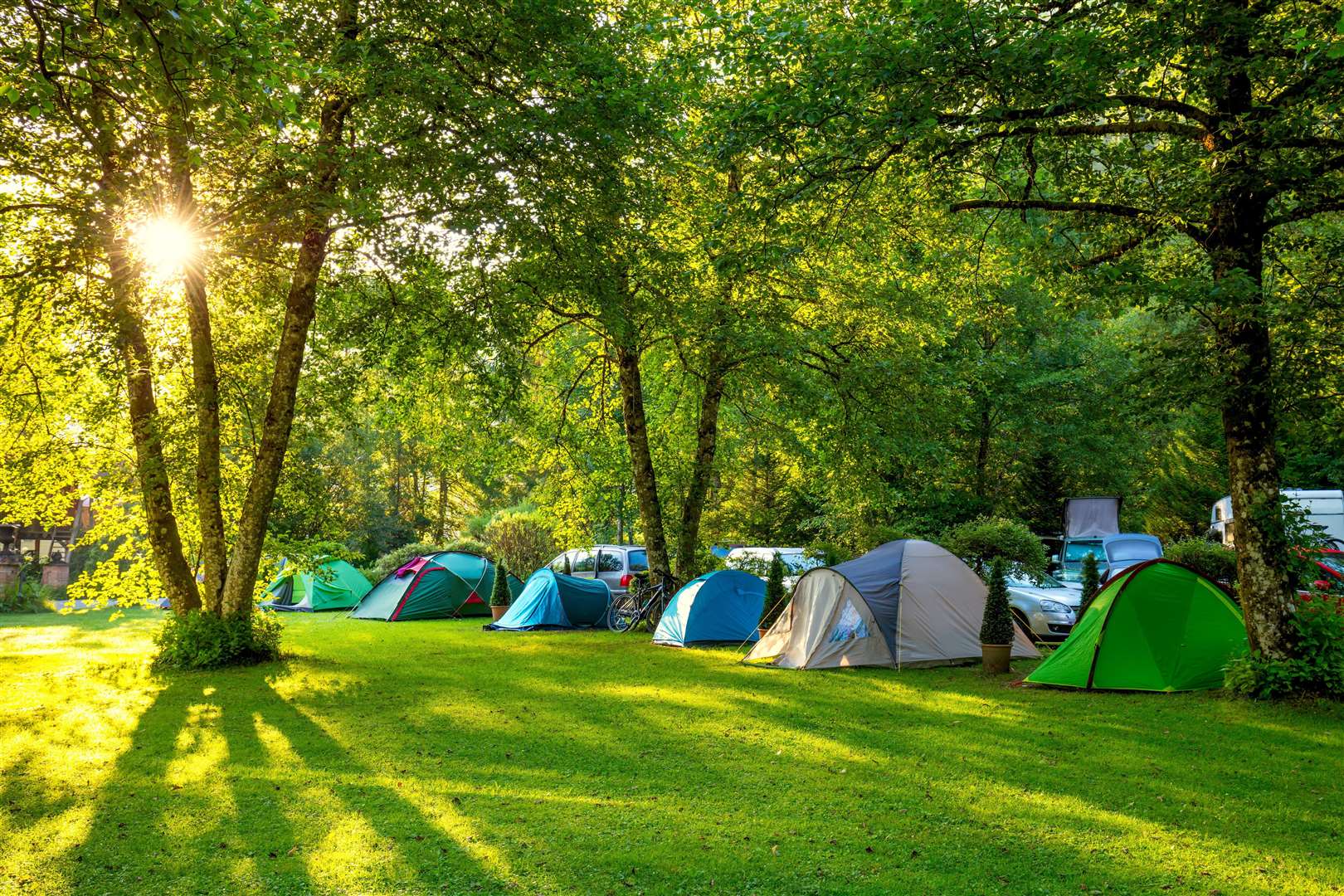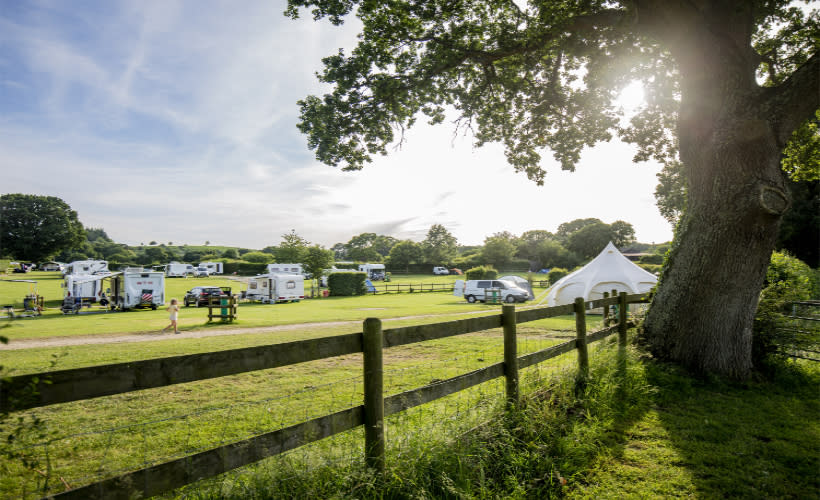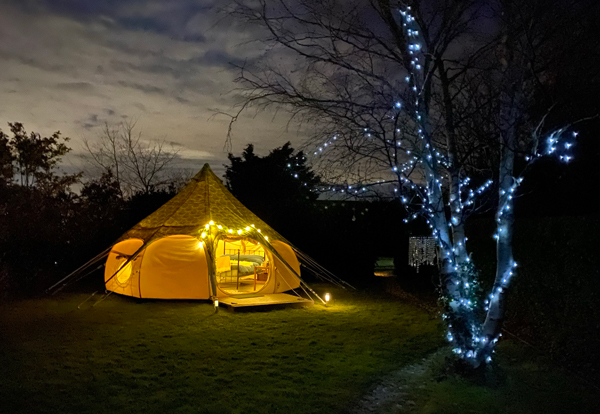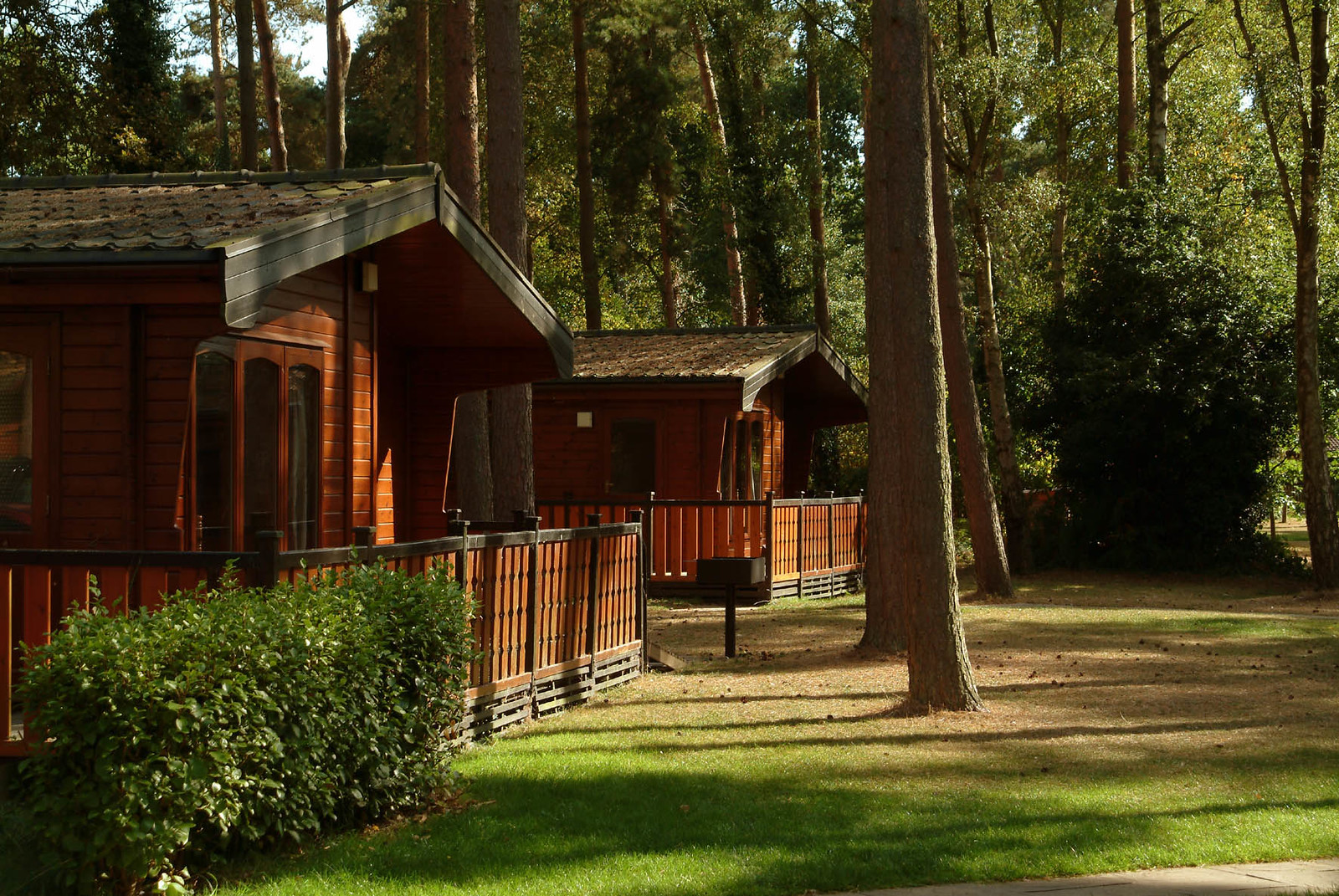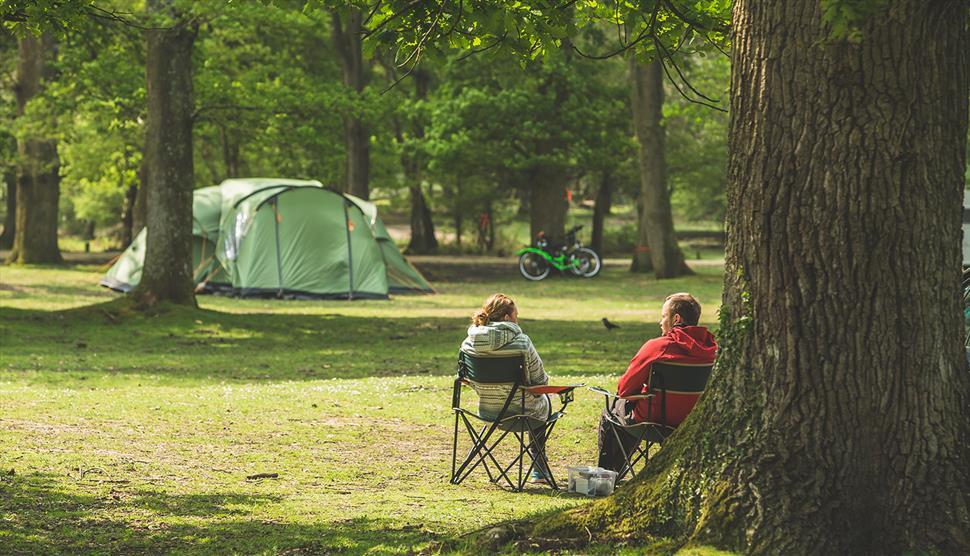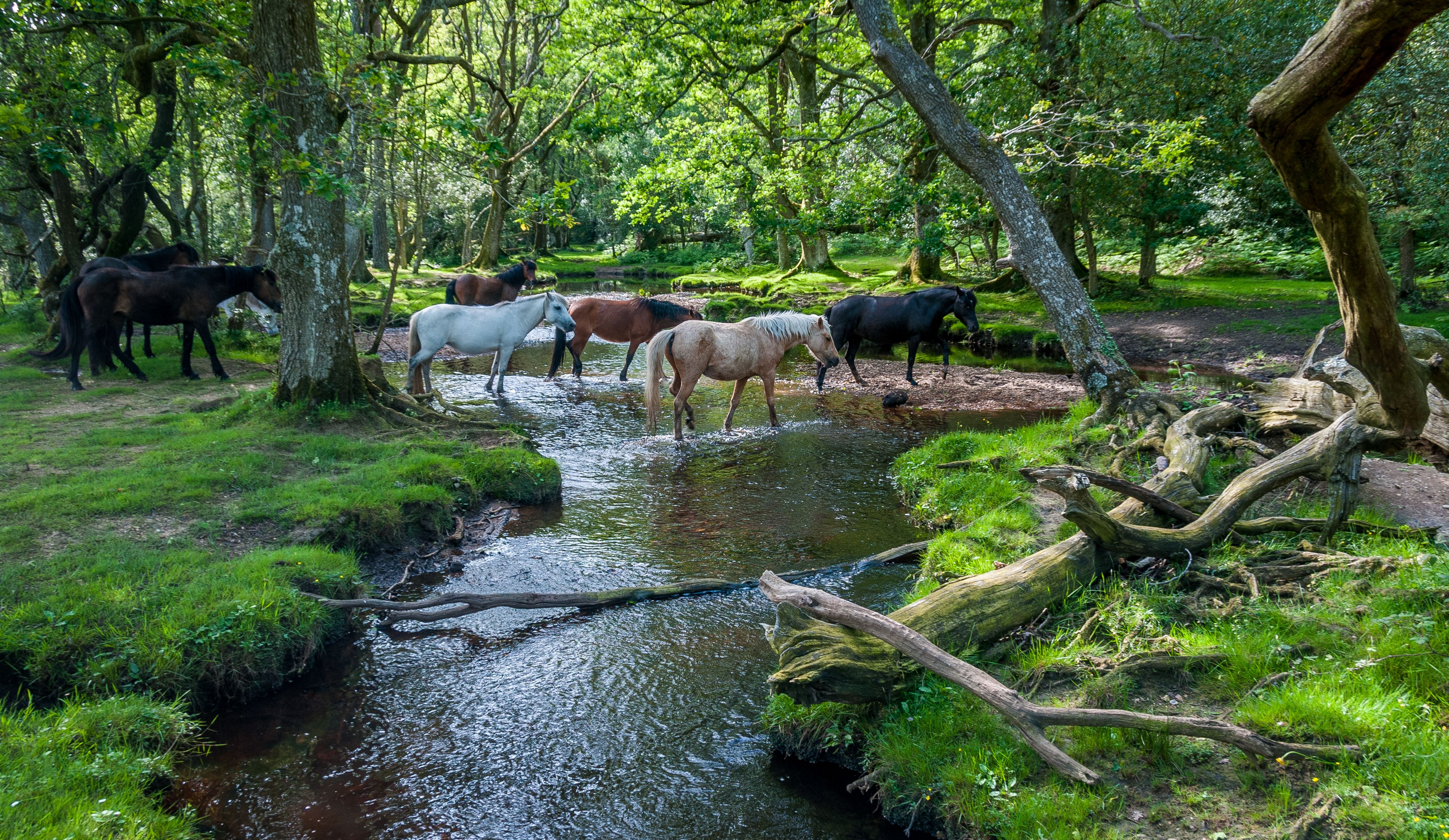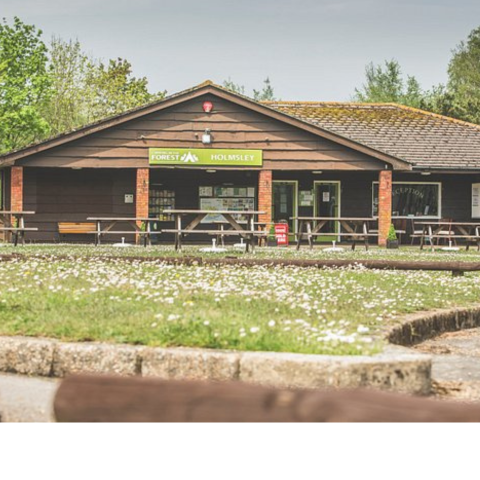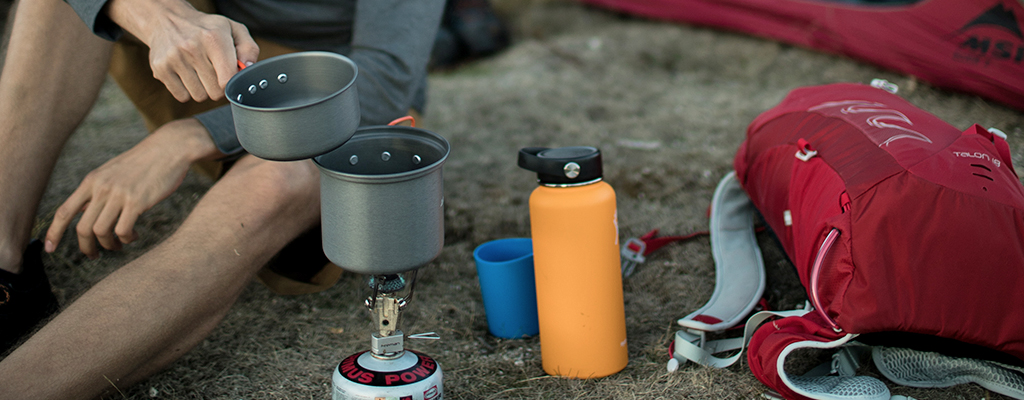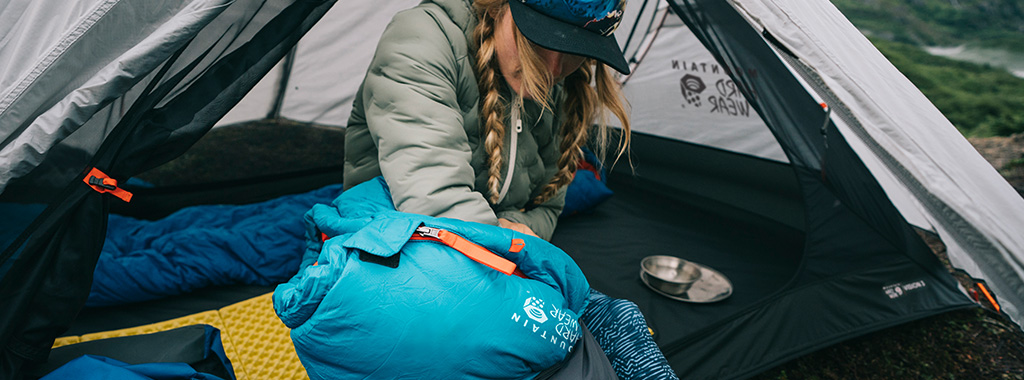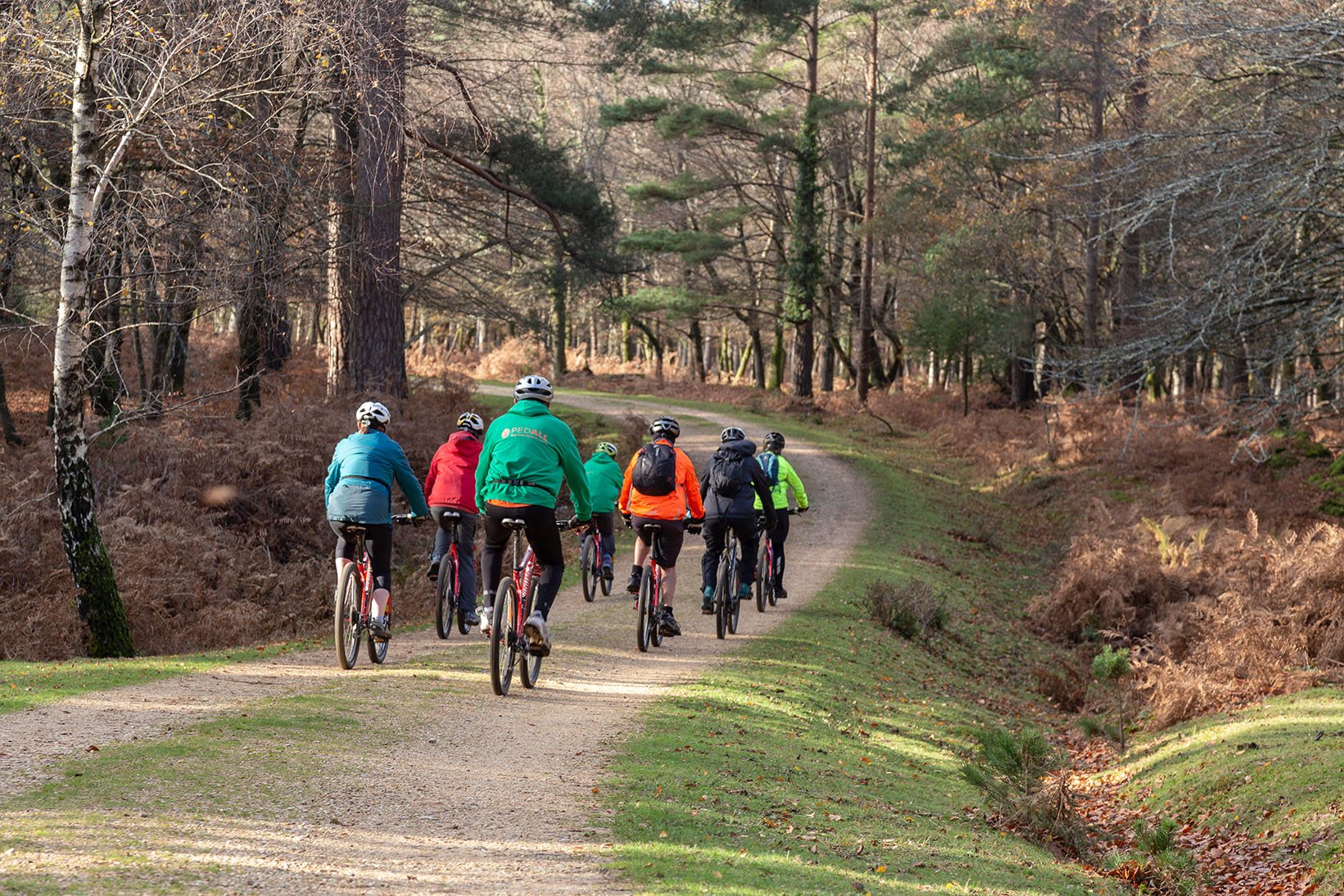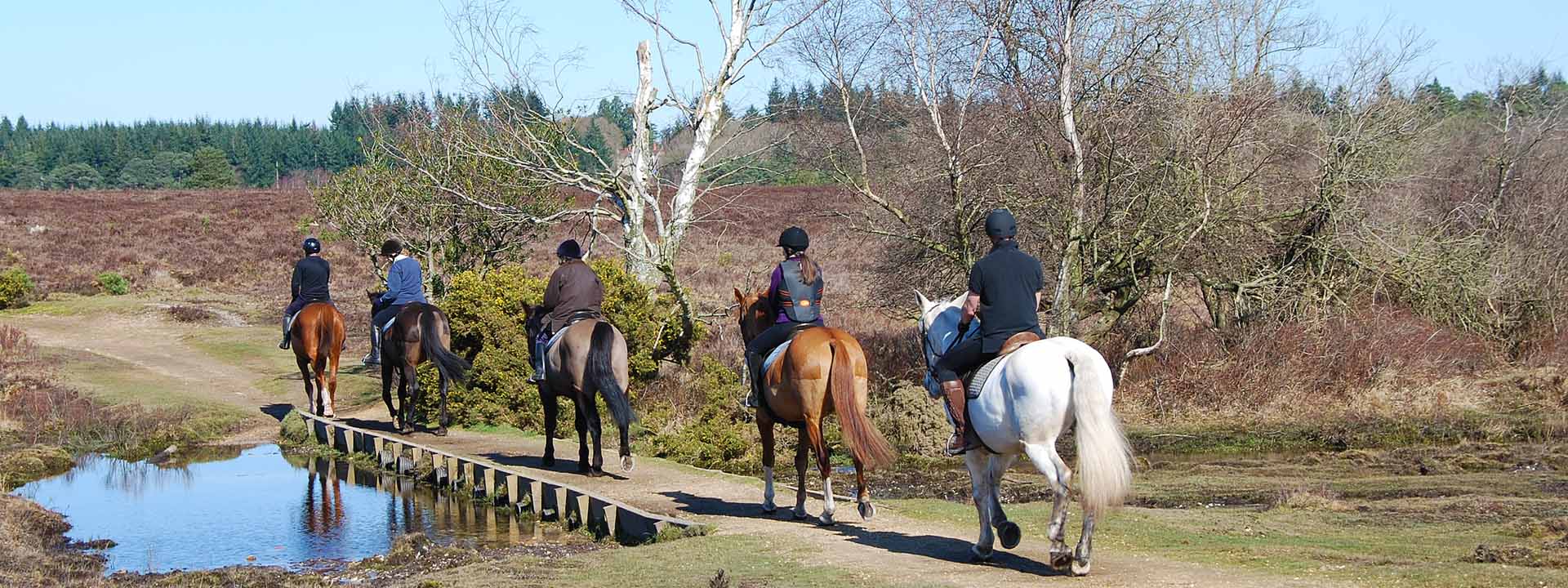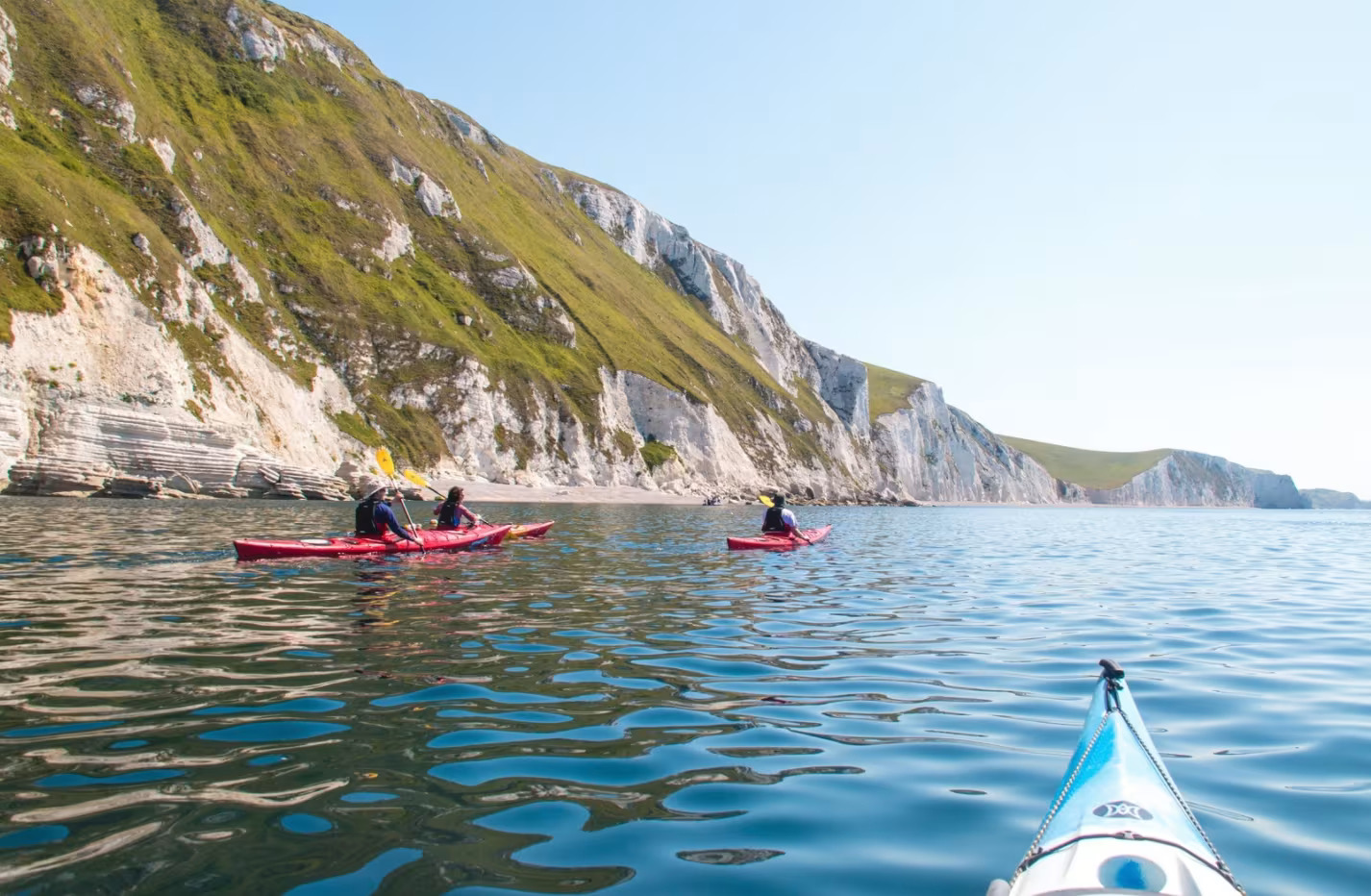What is the New Forest in the UK and where is it located?
First and foremost, understanding a New Forest camping adventure helps to set the scene for this remarkable landscape. The New Forest National Park is an ancient wood pasture covering 220 square miles of south-central England within Hampshire and Wiltshire Counties. It was originally established by William the Conqueror in 1079AD as a royal hunting forest reserved for deer stalking amongst oaks suited to supply timber for naval ships. Its special status over the centuries allowed the forests, heaths and grasslands here to remain relatively undisturbed compared to the countryside more widely exploited. Today these precious habitats bursting with wildlife are carefully preserved, with the New Forest finally designated as a National Park in 2005AD to recognise its majestic mosaic of ecology. It contains the largest area of unenclosed pasture remaining in Southern England where livestock and horses still roam freely amongst old gnarled oaks and sweeping heather moorlands. The open Forest is interspersed with quaint New Forest villages and hamlets so rustic in nature like Burley and Brockenhurst. Its southern fringe borders the coastline with long stretches of unspoilt beach for seaside escapes amidst camping. Transport links by road or rail easily connect London just 1.5 hours away making the New Forest a hugely popular visitor bolthole.
Camping in the New Forest
The New Forest is one of the most iconic camping destinations in the United Kingdom, offering a unique experience of camping amongst ancient woodlands, open heaths, coastal views and wild ponies. Its rich natural beauty and array of outdoor activities make it hugely popular for campers, though its protective status as a national park means there are restrictions in place to preserve the landscape. This in-depth guide will provide everything you need to know for planning your New Forest camping trip. Located in southern England's picturesque Hampshire countryside, the New Forest encompasses over 220 square miles of unspoilt wilderness. Its sweeping scenery features gnarled oak trees, purple heather moorlands and the famous New Forest ponies that roam freely across the park. As one of the few remaining extensive tracts of unenclosed pasture land and heath in Southern England, it offers a real sense of freedom and escape, making it the perfect spot for camping adventures beneath starry night skies. The New Forest was designated as a national park in 2005 to conserve its mosaic of habitats and wildlife. As it is also home to some 33,000 residents, there are particular rules for camping to protect the environment and avoid disrupting local communities. However, ample approved campsites nestled amidst the woods and heaths allow you to fully embrace forest life. Read on for everything you need to know for planning your own New Forest camping experience.
Types of Camping in the New Forest
The New Forest caters for all styles of camping and accommodation amongst its woods and heaths. As a national park, there are certain restrictions in place so not all camping practices are permitted to protect habitats and wildlife. However, approved campsites across the New Forest offer various glamping options beyond standard tent pitches.
Glamping → Glamping (glamourous camping) has become a hugely popular way to enjoy New Forest escapes without compromising on holiday comforts. It allows you to immerse in nature without forgoing key amenities we easily take for granted at home. The spectrum spans rustic to luxurious with Yurts, Shepherd Huts, Safari Tents and Pods now studding many campsites. Carefully selected interiors, proper beds with plush mattresses and heating allow civilised stays amidst forest surrounds. Some sites have community facilities like hot showers, well-kept washrooms and farm shops while others offer total seclusion and self-sufficiency. The experience balances the simplicity of being enclosed by woods and heaths with touches of luxury like cashmere throws, private hot tubs and fire pit zones. Some New Forest glamping sites cater for couples seeking privacy in handcrafted shepherd huts with roll-top baths and wood-burning stoves. Others create idyllic family setups clustering spacious safari tents around sociable fire pits and play areas so parents can relax while kids run free.
Motorhomes and Campervans → The New Forest is prime territory for campervan adventures thanks to an extensive public road system crossing areas of natural beauty. The key is finding a site suited to your motorhome or campervan specifications when it comes to pitch sizing, facilities and location preferences. Larger sites tailored to recreational vehicles have electric and grey water hookups but smaller ones rely on chemical toilet disposal points instead. As completely wild camping overnight in vehicles is restricted, you must use designated sites but these make for great bases to explore the forests, villages and coastlines by campervan or motorhome. Arrival times are typically relaxed so you can take scenic roads at a steady pace to your end destination. Many campsites also have amenities like shops, restaurants and takeaways within walking distance or on-site so you barely need to move your vehicle once comfortably pitched. Maps of motorhome-friendly routes show tested roads conforming to length, width and weight limits for stress-free trips. Joining an NF meet or rally means joining guided tours so first-time visitors can discover hidden gems while benefiting from group discounts and expertise.
Backpack Camping → Want to truly embrace the intrepid adventure of camping wild beneath the stars? The New Forest’s pioneering permit scheme for backpack campers allows hikers to stay overnight off-grid, but with careful controls to sustainably manage it. Permits allow remote single-night stops in secluded forests or beside quaint streams crisscrossing the wood pastures. This appeals to long-distance walkers like those tackling the New Forest section of the Centurion’s 100-mile challenge, or Duke of Edinburgh award groups learning orienteering and self-sufficiency skills overnight. Permit rules demand backpack campers keep moving on each evening rather than settling in spots vulnerable to habitat damage from overuse. Sites must be out of sight to avoid disturbing any residents or Commoners’ livestock. Leave No Trace principles underline the scheme so sustainable campcraft and zero waste are essential. Note that open fires are strictly prohibited at permit campsites to reduce risks among dense forest woodlands. But gas stoves are accepted so you can still enjoy backpacking hot meals and drinks without harming the delicate ecology all around under the starry Forest skies. Just be sure to book permits early as the pilot scheme’s popularity means there are limits enforced at peak times. Follow all guidance and you’ll be guaranteed an off-grid micro adventure to remember!
Where to Camp in the New Forest
The New Forest has an extensive network of camping options across the park, so visitors are spoiled for choice for places to pitch up. The key is finding the right New Forest campsite to suit your needs in terms of location, facilities and experience.
Approved campsites must adhere to strict regulations on preserving the surrounding habitats and blending subtly into the landscape. Most offer secluded clearings amidst swathes of forest and heathland, with a few boasting impressive coastal backdrops. Whether you seek family-friendly amenities and entertainment or simple, off-grid tranquillity, there are sites scattered across the New Forest to discover. Most campsites approved for use year-round are situated on Forestry England or the National Trust land. These tend to be larger, more developed options with good amenities and access. Some independent sites also operate across small private landholdings, which offer more basic facilities but a high degree of seclusion. Temporary 'pop-up' sites are approved over the summer, including simple field sites for hiking campers with no vehicular access. When choosing your New Forest camping spot, consider which area of the park and aspects are priorities for your trip. North and west fringes feature more enclosed woodlands for atmospheric forest camping. South and coastal areas offer beautiful open heaths with seaside access for watersports. East is most accessible while central zones have concentrations of pony-filled grazing lawns. Think about this when balancing tranquillity with convenience.
Top New Forest Campsites
The New Forest is home to dozens of excellent caravan and camping sites to pitch up within. The best sites book up months ahead in peak season though so plan early for leading locations like:
Hollands Wood – Horse-free woodland surrounded-pitch ideal for exploring Brockenhurst, with campfires allowed.
Roundhills – Family-centric site between Beaulieu and Brockenhurst with indoor pool and games barn.
Ashurst – Award-winning, eco-friendly choice neighbouring scenic Lyndhurst with a farm shop on site.
Forest Park – Appealing campervan site on a working farm with direct Forest access for walking.
Denny Wood – Vast site near Fordingbridge with copious amenities like shop, restaurant and laundry.
Holmsley – Tranquil approved pop-up site bordering open Forest suited to hiking campers on a budget.
Sandy Balls – Love it or hate it, this vast complex offers comprehensive kid-centric amenities from waterslides to play parks!
Tom’s Field – Adults-only hilltop glamping site near Lymington offering shepherd huts and bell tents.
Abbey Farm – Pony paddocks fringing this tranquil site near Beaulieu with free-roaming wildlife to admire.
Booking and Paying for Campsites
Given the popularity of the New Forest as a prime camping destination, booking campsites in advance is highly advisable, especially during peak seasons. Availability can be scarce, with some sites requiring 6 months' notice for summer weekends. Booking also secures you a pitch suited to your party size and needs. Most major campsites now allow online bookings via website platforms and take secure payment this way too. Others may still require phone bookings and bank transfers or cheque payments. Some family-run independent sites operate on a simpler basis, just asking to pre-pay cash balances on arrival. When reserving your pitch, check what is defined as the standard start and end time for stays, as these vary. Arrival times typically range from noon to 5 pm, with departure required by 9 am or noon though some have more flexibility than others. Read booking policies closely so you know what to expect on the day.
In high season, minimum night stays may apply, usually 2 nights across weekends. Overbusy national holiday weekends like the Summer Bank Holiday in August, larger campsites might enforce 3-4 night stays but smaller ones just 1 night. Bookings often have short prepayment windows requiring balances paid 2 weeks or 1 month before arrival to guarantee pitches are held. Cancellation policies also differ wildly, ranging from 48 hours to 6 weeks' notice for full refunds, so check this carefully as well. Some sites impose cancellation fees depending on how last minute your change is or may allow switching to alternative dates. Read the fine print thoroughly before confirming so there are no surprises!
Essentials to Bring When Camping
Packing for a New Forest camping trip means balancing preparation for all weather eventualities against travelling light for pitching your temporary forest home. Focus first on camping essentials like accommodation, sleeping systems, food prep facilities and warmth. Then simply enhance your kit with useful forest extras as needed.
The tent is the key to every camping trip, so it’s essential to pick quality designs that can withstand everything the changeable New Forest weather throws your way. Dome, tunnel and geodesic structures often cope better with wind and rain compared to cheaper pop-up tents vulnerable to collapsing when overloaded. Look for waterproof ratings of at least 1,500mm and sturdy fibreglass poles over basic aluminium. Choosing sizes ahead for your group avoids cramped conditions or wasted space. Consider handy porch areas allowing you space to strip muddy boots and coats before entering inner sleeping pods, helping keep living quarters clean and dry. For family camps, multi-pod designs sleep each household separately. For motorhomes and campervans, external canopies help create sheltered relaxation spaces shielded from the winds when cooking, eating or socialising outside alongside your vehicle. Elasticised inflatable tents offer versatile extra capacity when required.
Sleep lies at the heart of feeling refreshed while camping so prioritising suitable sleeping systems makes all the difference when connecting with nature. Catering to the seasons influences decisions here. Spring and autumn often have surprisingly brisk nights so 3 season (fleece) sleeping bags with foam mats for insulation make sensible choices versus summer’s 2 season versions. Synthetic-filled bags withstand damping better than feathers/downs. Choose mummy bags for solo campers or rectangular family designs to sleep siblings. Consider linen upgrades in sultry weather. Those camping later in the years may benefit from double-layer air beds topping foam mattresses for cushioning hips and knees. Inside family-sized tents, blackout inner tents prevent early daybreak wake-ups while camping babies need insect-net cots guarding little ones. Lightweight self-inflating mats make daytime snoozing outdoors more inviting. And rubber-footed folding stools giving perching points are a relief for rest days when hours lounging around camp reading. Finally, don’t forget a few battery-powered lanterns provide mood lighting in the evenings for games and socialising.
Al fresco dining is one of the distinct joys of New Forest camping. Pack compact stoves like lightweight backpacking models using butane canisters easily supplemented by miniature, disposable BBQs running off charcoal. Flat multi-purpose grills are handy across fires and stoves for frying everything from bacon to bananas! Stock foil trays and telescopic toasting forks to contain summer sweetcorn charring or epic marshmallow toasting as the stars emerge. Portable cool boxes with welded handles make light work decanting supplies from campsite shops back to the base. Consider ordering hampers ahead from local suppliers like The New Forest Cellar Door so gourmet treats await your arrival. Those hoping to recreate home comforts should pack mugs, cutlery, plates and glasses that stand up to scrubbing in basic wash-up facilities, as disposable items mount up excessively. Space-saving designs like collapsible buckets, chopping boards with knife storage and nesting saucepans keep kits compact between camps. Remember multiple means of ignition - basic matches plus electronic solutions. As chilly evenings draw in, flasks of mulled wine or hot toddies to wrap hands around make staying toasty oh so easy as you play late-night cards or chat by glowing lanterns.
Outdoor Activities Whilst Camping
Beyond simply embracing nature from your tent, the New Forest offers endless active pursuits to enhance time spent camping beneath its ancient woodlands and across its rolling heaths. Everything from woodland hikes to coastal adventures by kayak is possible right from your campsite doorstep.
Cycling
The New Forest is a mecca for cycling enthusiasts thanks to its 150 miles of varied signposted trails suitable for all skill levels. Meandering gravel tracks past ancient woodlands, quiet country lanes and smooth traffic-free paths mean both families and hardcore cyclists are well catered for. Bikes can be easily rented from outlets in Lyndhurst, Brockenhurst and Burley to explore according to your confidence and interests. Beginners should start with the 7.5-mile Terrace Cycle Trail looping from Brockhills to Burley on mellow paths, ticking off sights like the Bolderwood Deer Sanctuary along the way. The 22-mile Avenue Verte (French for ‘greenway’) connects up riverside tracks and leafy lanes between Lyndhurst and Brockenhurst - stunning when the towering oaks are flaming autumnal colours. Road cyclists should challenge themselves by conquering the 60-mile ‘New Forest Ride’ route which circuits east via Bramshaw through diverse scenery.
Horse Riding
The New Forest presents a rare opportunity to freely ride horses across open countryside in England, with over 200 miles of approved trails spanning heath, lake, woodland and heritage sights. Its common land status and agricultural history foster a unique culture of equestrianism – ideal for riders to immerse themselves in. There are options suitable for all abilities from total beginners having their first lesson to experts galloping across acres of unspoilt terrain. Typically riding routes must be agreed upon and necessarily restricted to protect habitats so booking with local stables ensures you comply with this. They also supply suitable-tempered, New Forest-educated mounts used for everything from low-flying aircraft to ambling cattle! For multi-day adventures, consider ‘pub crawling’ on horseback between characterful country inns decked in roses or joining guided rides learning about the Forest’s history and ecology first-hand from local riders.
Walking/Hiking
With over 150 miles of dedicated walking routes crisscrossing the open Forest via quaint villages and sweeping shorelines, New Forest is a haven for ramblers to fully immerse in nature. Footpaths cater for all abilities too whether you seek short accessible loops to integrate some time outdoors between campsite activities or want to conquer an epic 10+ mile trek in a day from hut to hut. Seniors looking for gentle terrain should pick the 2-mile Blissford Hill trail offering pony spotting opportunities with fairly even tracks. Challenge-seeking groups could take on the 10-mile Avon Valley path meandering downstream along the water from north of Breamore to past Fordingbridge’s riverside high street. Joining scheduled guided walks with local rangers allows you to optimise routes to take in key seasonal sights easily missed alone like autumn fungi pockets or fritillary meadow blooms in spring, all while learning about the ecology and history. Look out for special moonlit rambles in summer often trailing deer and nightjars rising in the dusk. Pack lightweight layers, waterproofs and navigation tools to make the most of the New Forest walking without worrying about the elements.
Canoe Trail
The clear shallow waters of the Avon Waterway connect up New Forest through to the coastline, perfect for languid canoe days paddling downstream beneath mature oaks. Sections can be self-guided using useful waterproof Trail maps from the Camping and Caravanning Club, breaking the longer passages into more manageable chunks. Stock up on picnics from the farm shops en route to graze along the pretty riverside on your paddling breaks. Ardent paddlers could attempt the demanding 10-mile stretch in one hit while more leisurely travellers should take on the separate 5-mile and 2-mile marked routes at a relaxed pace over separate days. Park up at the main Totton starting point or cycle into riverside put-ins further out like Mockbeggar Lane near Furzey Gardens. Be sure to time trips avoiding fierce coastal spring tides which reverse flow upstream and always portage past weirs for safety. Groups with mixed skills could split up and arrange collection further down, rendezvousing for refreshments along the bends of this woodland waterway.
Protecting the New Forest While Camping
The New Forest National Park status aims to preserve the delicate conservation status of habitats and wildlife populations. As tourists staying here, we must uphold our duty to nurture not destroy local nature, treading lightly as temporary dwellers. So be conscientious and help safeguard forest environments by putting these responsible camping practices first.
Strictly stick to approved New Forest campsites with suitable facilities to avoid polluting these sensitive surroundings with chemical or plastic waste.
Never attempt wild or roadside camping which carries heavy fines plus seriously risks disturbing habitats. Instead, use the ample proper sites to organise your accommodation and help fund conservation management.
Try locally harvested firewood for pure slow burning. Carefully manage ignition sources from naked flames to cigarettes when staying amidst tinder-dry woodlands and heaths at risk of fires spreading rapidly, even sparking from an accidentally dropped spark. Extinguish and safely dispose of every match, tobacco and disposable BBQ ember once finished cooking, letting it fully cool before bagging. Fires must always be raised off ground level.
Keep dogs controlled on fixed leads when roaming the woods and heaths to avoid disturbing ground nesting birds and chasing the iconic ponies startled by free-running pets in their home terrain. Always bag dog poo and take home.
Horses should also not be tethered on the Forest itself, instead, use approved grazing paddocks only to protect the old wood pasture.
Stick to signed cycling and walking trails to avoid trampling fragile vegetation.
Riders must have appropriate horse pass certificates and stick to agreed routes that limit heritage site erosion.
Wildlife and farm stock should be observed from a distance - don't approach or feed illegally as our actions influence wild behaviours. Let us tread lightly during our forest stay!
Facilities to Expect While Camping
The scope of facilities provided varies greatly across New Forest campsites from deluxe glamping options to basic field camping pitches. Even simple sites offer key amenities like toilets, showers and drinking water though so you needn't fully rough it! Larger holiday sites have the most extensive leisure facilities on top of essentials.
Washroom facilities are standard inclusions, though the scale ranges significantly. Some small sites provide one toilet and shower block shared across limited pitches while major holiday parks offer huge amenity blocks with individual cubicles, family rooms and accessible facilities across hundreds of pitches. Hot showers are typical though some smaller sites rely on cold water feeds or solar heating panels so research this specifically if important to you. Drinking water should always be available from taps though restrictions may be imposed during droughts. Washing up sinks for pots and pans feature at most sites though are unlikely at more low-key temporary pop-ups. Chemical waste disposal points cater for portable toilets and may have greywater drains. But always check that discharged liquids are eco-friendly, and not polluting the forest!
Larger New Forest campsites invest heavily in leisure facilities like pools, playgrounds and entertainment programmes to keep families occupied. These tend to be focused on the big operators like Forest Holidays and Camping in the Forest. Smaller sites concentrate more on peaceful forest immersion. Keep leisure offerings in mind when booking if you require activities beyond the usual hiking and biking. Accessibility for disabled campers varies significantly too so check this specifically if booking for groups with wheelchair users, limited mobility or other access needs. From hardstandings to adapted washrooms, some sites invest more than others in catering for less able tourists. Never make assumptions before you book.
Related articles

Let us know you agree to cookies
We use marketing, analytical and functional cookies as well as similar technologies to give you the best experience. Third parties, including social media platforms, often place tracking cookies on our site to show you personalised adverts outside of our website.
We store your cookie preferences for two years and you can edit your preferences via ‘manage cookies’ or through the cookie policy at the bottom of every page. For more information, please see our cookie policy.


